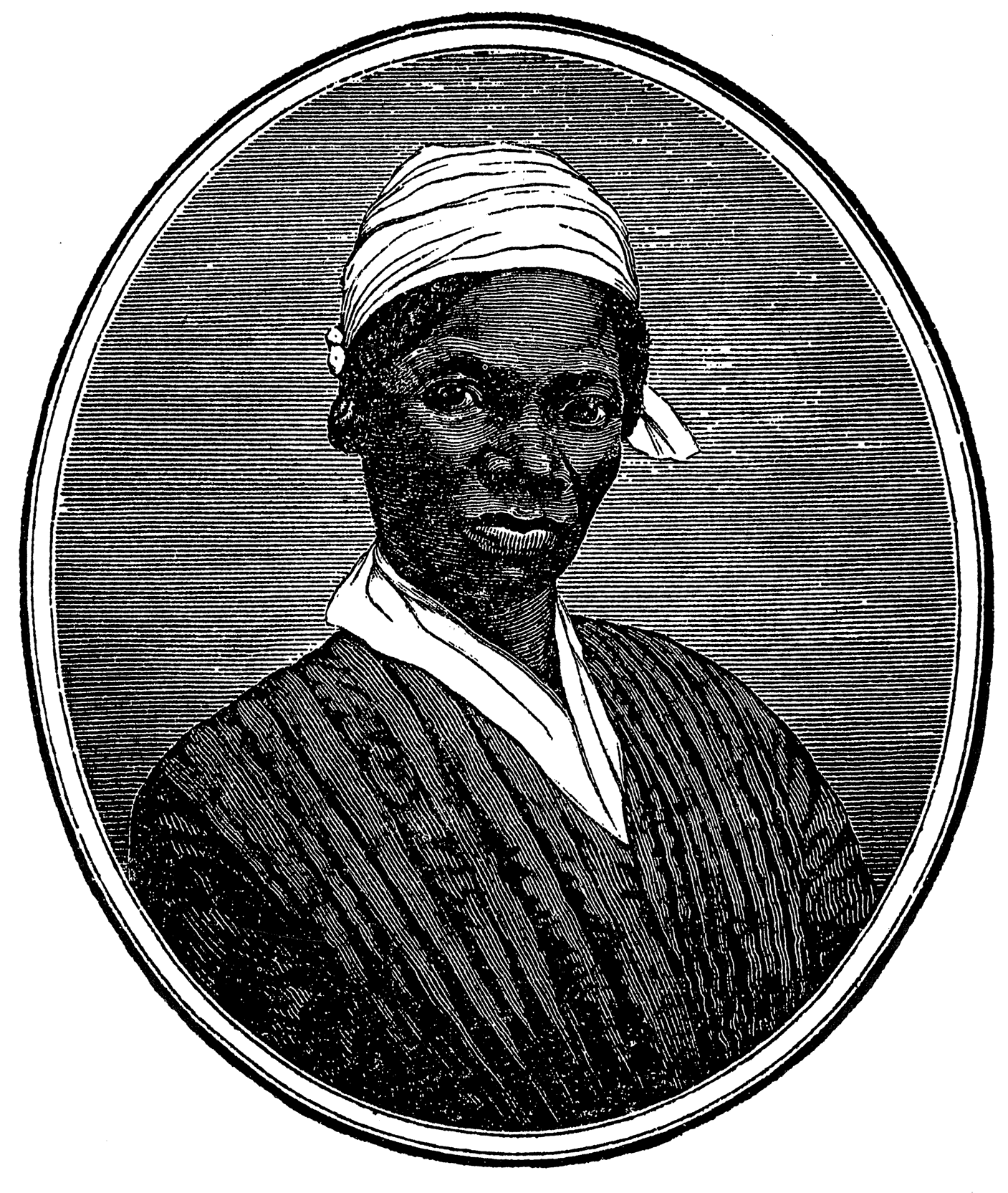Multiple Points of View: Read a Letter about Sojourner Truth
ABOUT THIS DISPLAY
How do we know about the past? Objects, pictures, and documents that came from that time–called primary sources–give us clues. What could we learn by studying more than one source on the same subject?
EXAMINE THIS DOCUMENT
In "Picture as a Message", you studied a picture of abolitionist Sojourner Truth. Now read part of a letter about her from someone who knew her well, Mary Stetson, a 14-year-old fellow member of the Northampton Association of Education and Industry.
- What words can you make out?
- How is Mary’s handwriting different from the cursive that you learned?
- What about this handwritten letter is different from typed letters or emails?
Letter, Mary Stetson to her father, James A. Stetson, June 3, 1844.
sister Lucy as an adult.
We have no pictures
of Mary.
Transcript of the Letter
Now try the same section of this letter in an easy-to-read form–called a “transcript.” Footnotes at the bottom of this page explain some things mentioned in the letter.:
“…would get tired if they looked at them long. I suppose mother has told you about George Washington’s Sam Patch jump I guess he wont go out on so dangerous a place for a little stone again. Sojourner says that if it was the Devil that made him fall it was the Lord that prepared a place for him to fall upon for he came right between a large rock and the platform and on the softest place that side of the factory. Uncle George Sharpe went back to Brooklyn this…”
- What do you feel when you read this girl’s letter from 170 years ago?
- What do you learn about Sojourner Truth from this story?
- How does this story about Sojourner change your impression of her? Do you think she often tried to be funny?
FOR FURTHER INVESTIGATION
Mary’s Letter
You can click here to see the full letter of June 3, 1844. (Mary’s part is on page 5, after her mother’s and her sister’s writing.)
Autobiography: The Narrative of Sojourner Truth
Another valuable source of clues about Sojourner Truth and her time at the Northampton Association are her own words from her book, The Narrative of Sojourner Truth: Written by Olive Gilbert, based on information provided by Sojourner Truth. (1850).
“She did not fall in love at first sight with the Northampton Association, for she arrived there at a time when appearances did not correspond with the ideas of associationists, as they had been spread out in their writings; for their phalanx was a factory, and they were wanting in means to carry out their ideas of beauty and elegance, as they would have done in different circumstances. But she thought she would make an effort to tarry with them one night, though that seemed to her no desirable affair. But as soon as she saw that accomplished, literary, and refined persons were living in that plain and simple manner, and submitting to the labors and privations incident to such an infant institution, she said, ‘Well, if these can live here, I can.’ Afterwards, she gradually became pleased with, and attached to, the place and the people, as well she might; for it must have been no small thing to have found a home in a ‘Community composed of some of the choicest spirits of the age,’ where all was characterized by an equality of feeling, a liberty of thought and speech, and a largeness of soul, she could not have before met with, to the same extent, in any of her wanderings.”
- How about this style of writing is harder or easier to read than the letter?
- What did Sojourner Truth like about living at the Northampton Association?
- What might it have meant to a former slave to live in a community that treated her with “an equality of feeling,” and “a liberty of thought and speech”?
- What does her own book tell you that the picture and the letter do not? How does it help to compare three sources?
VOCABULARY
- Primary Sources: Letters, records (such as papers from a business), pictures, and objects (such as clothes or tools) from a time in history.
- Secondary Source: Textbooks, books, magazine articles, or web sites written long after the time in history that you are looking at.
- Autobiography: A story written by a person of their own life. (Sojourner Truth told her story to another woman who wrote it down for her.)
- Sam Patch Jump: Sam Patch was a man who pulled stunts such as jumping over high waterfalls.
- Phalanx: A military formation used by the ancient Greeks. Also, a group that shares the same purpose.
- Tarry: To delay moving on.
- Privations: To suffer “privations” is to go without comforts (such as tasty, nutritious food or a bed) that you are used to.





